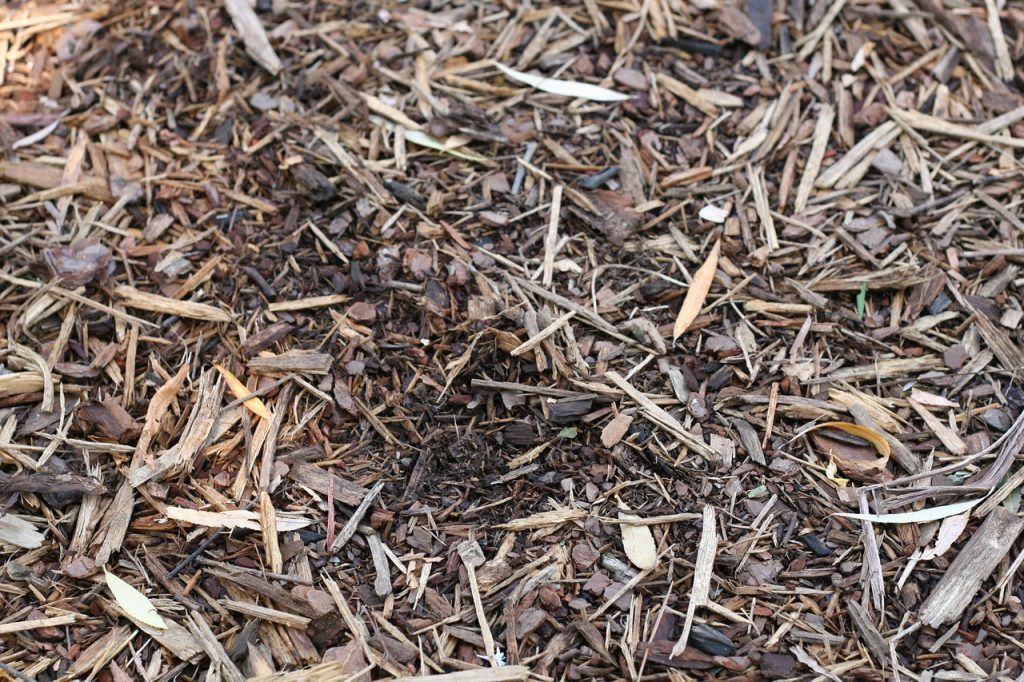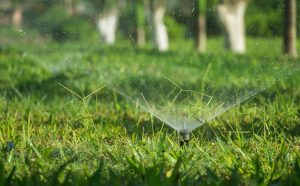How Often Should You Refresh Mulch in Montana Landscapes?
Mulch plays a powerful role in Montana landscaping. It suppresses weeds, insulates plant roots, conserves moisture, and enhances curb appeal. But like any organic material, mulch breaks down over time—and in Montana’s intense seasonal shifts, it may need refreshing more often than you think. At Horizon Landscape & Irrigation, we guide homeowners through smart mulch maintenance, ensuring your beds stay beautiful, functional, and well-protected year-round.
Why Mulch Matters So Much in Montana
Montana’s climate presents unique challenges: dry summers, freezing winters, and heavy spring winds. A good layer of mulch helps:
Retain moisture in dry, high-altitude soil
Insulate roots from cold snaps or sudden temperature changes
Prevent weed growth, especially during peak growing seasons
Slow erosion on sloped yards
Improve soil health as organic mulch breaks down
But with so many benefits, it’s easy to forget that mulch doesn’t last forever.
How Often Should You Replace or Replenish Mulch?
In Montana, most landscapes benefit from refreshing mulch once a year, usually in late spring after the ground has thawed but before summer heat kicks in. Here’s why:
1. Winter Decomposition
Freezing and thawing, combined with snow and ice, can cause mulch to compact, decompose, or blow away. Organic materials like bark and wood chips will break down faster in high-moisture conditions.
2. Fading Appearance
Even if your mulch is still doing its job, it may have grayed out from sun exposure. A fresh layer restores your yard’s visual appeal and improves the contrast around plants and walkways.
3. Thickness Reduction
Mulch should be maintained at 2–4 inches deep. Anything thinner loses its weed-blocking and insulating power. If yours has settled to less than 2 inches, it’s time to top it off.
4. Pest Prevention
Old mulch can harbor insects, mold, or mildew—especially if it’s soggy or matted. Refreshing mulch allows you to inspect for issues and reset the layer to keep pests away.
Best Mulch Types for Montana
Shredded Bark or Wood Chips: Ideal for trees and shrubs; they break down slowly and resist wind.
Pine Needles: Acidic and great for conifers or rhododendrons.
Compost or Fine Mulch: Better suited for vegetable gardens where nutrients matter more than longevity.
Rock or Gravel Mulch: Low-maintenance and durable, though not ideal for moisture retention.
Your mulch choice may also affect how often you need to replenish. Organic mulch needs annual refreshing; rock mulch may last for years but needs regular raking and weed control.
Pro Tip: Don’t Just Pile It On
Avoid the common mistake of “volcano mulching” around tree trunks or piling on fresh mulch without removing old, compacted layers. Too much mulch can suffocate roots and create moisture problems. Each spring, rake away compacted mulch, check your depth, and add only what’s needed.
We’ll Help Keep Your Landscape Fresh
At Horizon Landscape & Irrigation, we offer seasonal mulch assessments as part of our spring landscape prep services. We’ll recommend the right mulch, ensure proper application, and help you avoid common maintenance mistakes. Whether you’re looking to refresh existing beds or mulch a new landscape installation, we’re here to help.
Schedule your spring service today at https://horizonlandscapemt.com and keep your mulch—and your landscape—Montana-strong.
Read Next: How to Protect Your Landscape from Montana Wildlife




